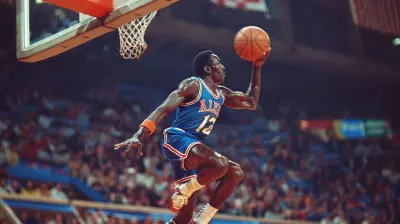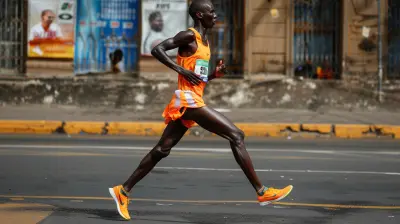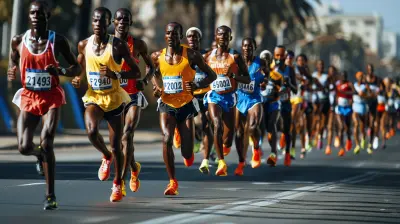Choosing the Right Badminton Racket for Competitive Play
31 May 2025
Badminton is a sport of speed, agility, and precision. Whether you're smashing the shuttle at lightning speed or engaging in a delicate drop shot battle, your racket plays a crucial role. But with so many options out there, how do you pick the right racket for competitive play?
Choosing the perfect badminton racket isn't just about going for the most expensive one or the one your favorite player uses. It's about finding the one that complements your playing style, strengths, and weaknesses. Let’s break it down so you can step onto the court with confidence. 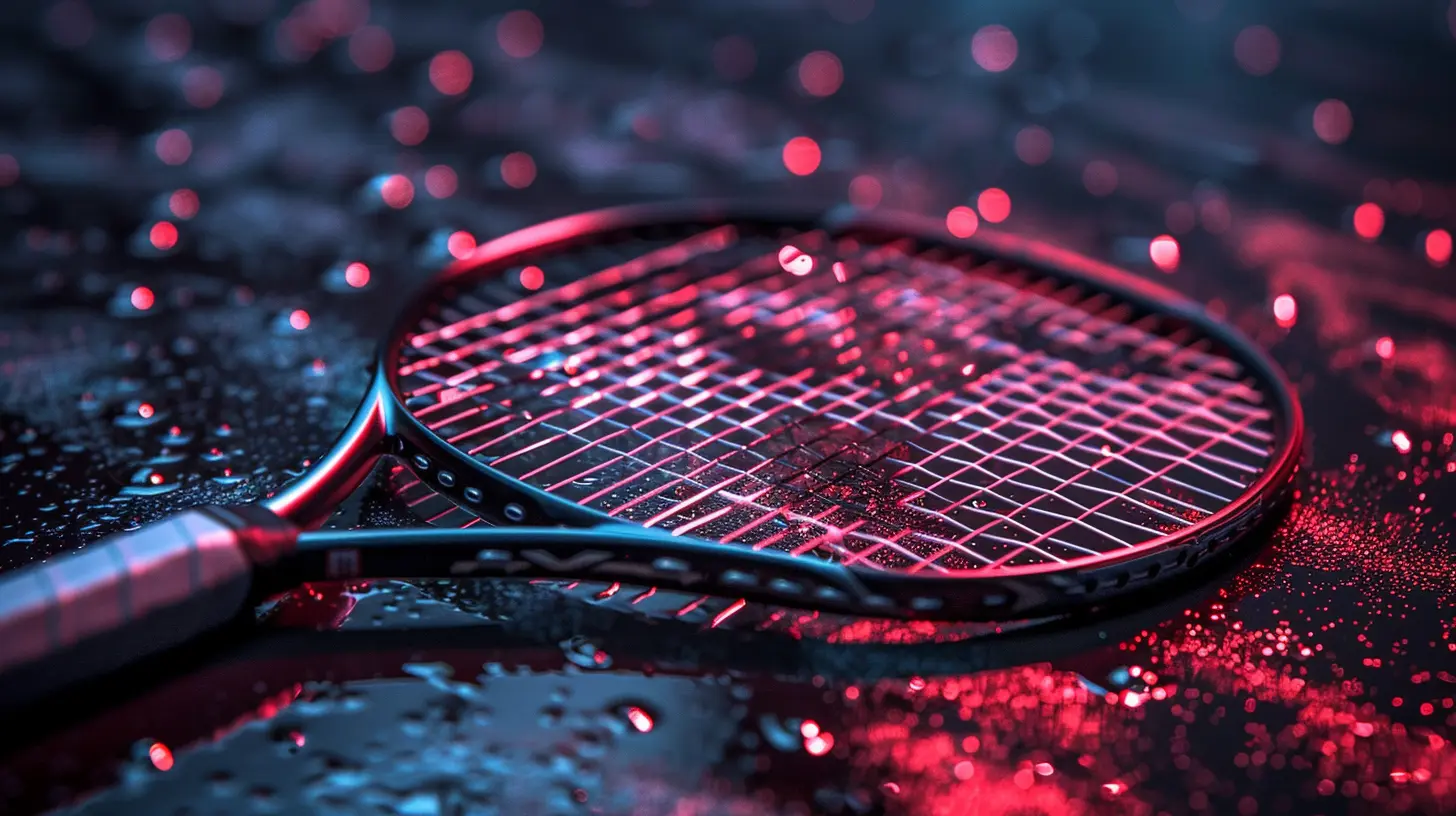
Understanding the Basics of a Badminton Racket
Before diving into specifics, it's important to get familiar with the main components of a badminton racket. Each part affects how the racket performs:- Frame – The main body of the racket, which determines durability and aerodynamics.
- Shaft – Connects the handle to the frame and influences flexibility.
- Grip – Where you hold the racket; affects comfort and control.
- Strings – The hitting surface; tension and material impact power and control.
- Balance Point – Determines whether a racket is better for power, control, or all-around play.
Each of these factors plays a role in how a racket feels and performs in your hands. Now, let's get into the details so you can find your ideal match. 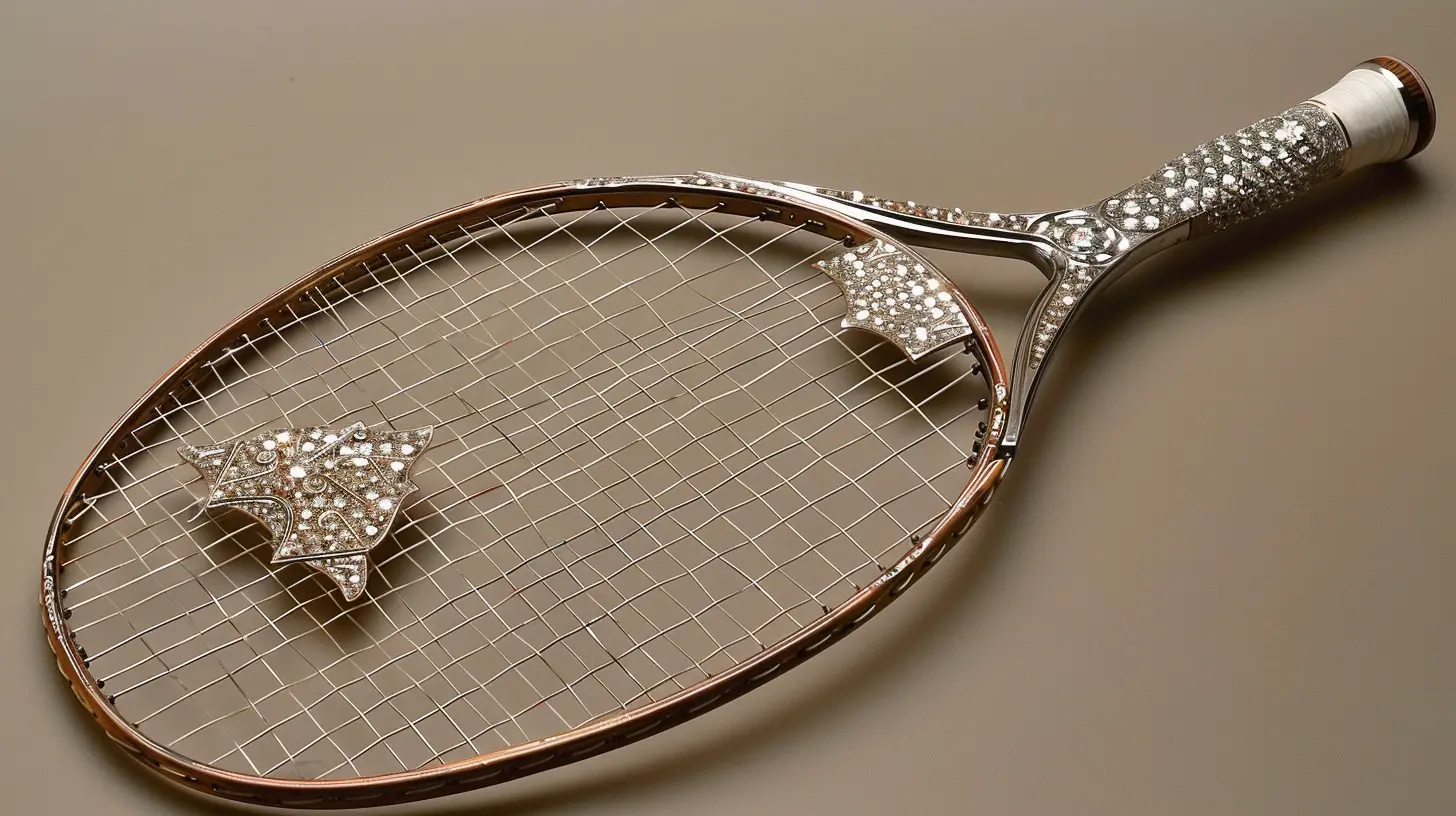
1. Choosing the Right Balance: Power vs. Control
One of the most crucial factors in selecting a badminton racket is its balance point. The balance of a racket refers to how the weight is distributed across its length. There are three main types:Head-Heavy Rackets (Power Rackets)
A head-heavy racket has more weight towards the head, generating extra momentum for powerful smashes and clears. These rackets work best for aggressive players who love attacking play._Pros:_
- Increased power in smashes
- Better for overhead shots
- Helps with deep clears
_Cons:_
- Slower recovery time
- Requires more wrist and arm strength
Ideal for: Offensive players, singles players who rely on smashes and clears.
Head-Light Rackets (Control Rackets)
A head-light racket has more weight towards the handle, making it easier to maneuver quickly. This type is perfect for players who prefer fast rallies, quick reflex shots, and net play._Pros:_
- Faster racket swings
- Improved maneuverability
- Great for quick exchanges and defense
_Cons:_
- Less power in smashes
- Requires excellent technique for powerful shots
Ideal for: Doubles players, defensive players, and those who love rapid exchanges at the net.
Even-Balance Rackets
These rackets provide a middle ground between power and control, making them ideal for well-rounded players. They offer a mix of maneuverability and power, making them suitable for versatile gameplay._Pros:_
- Balanced between speed and power
- Adaptable for different playstyles
- Good for both singles and doubles
_Cons:_
- Might not excel in one specific area
Ideal for: All-round players who switch between aggressive and defensive play. 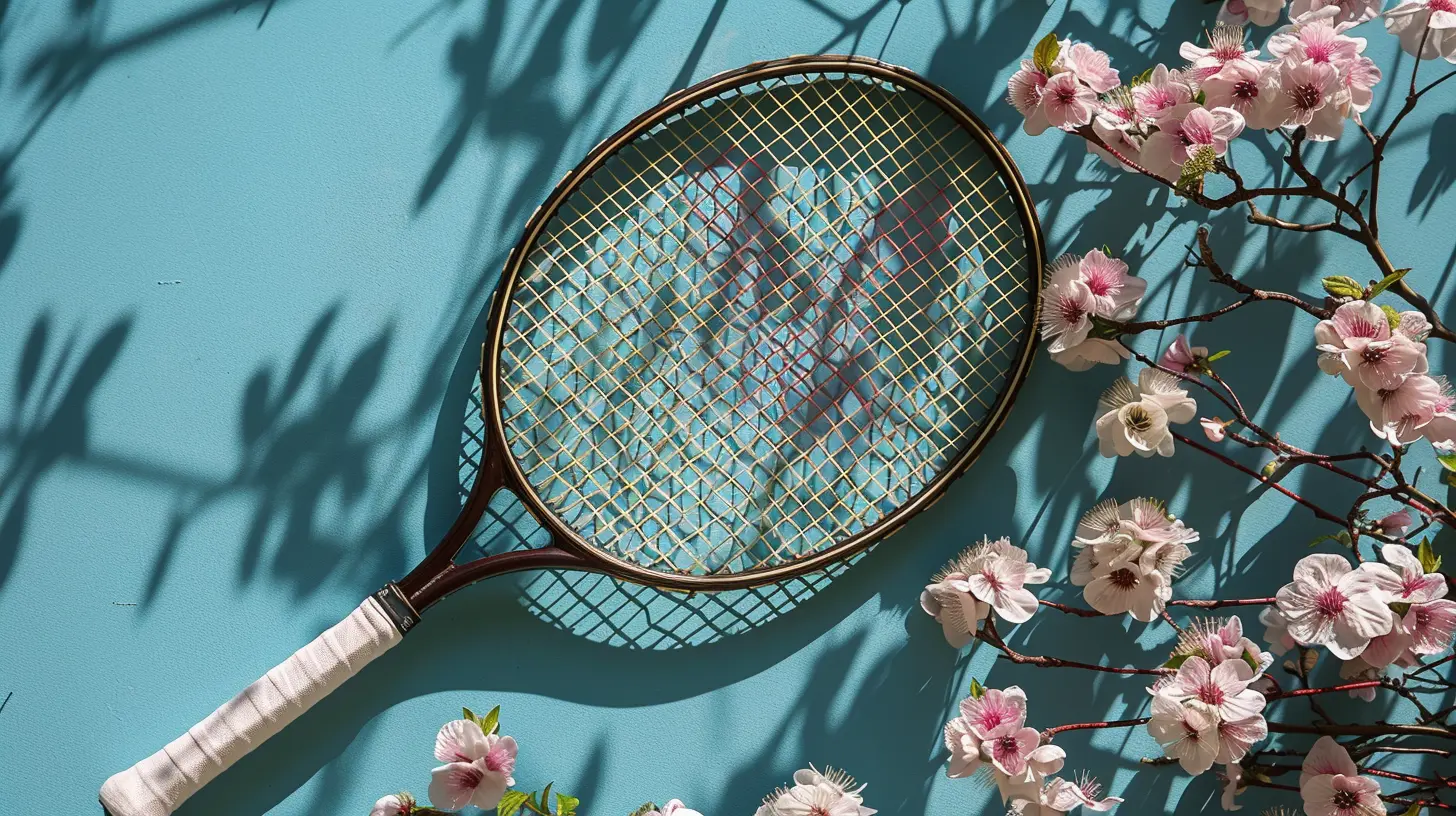
2. Shaft Flexibility: Stiff vs. Flexible
Another major factor to consider is the flexibility of the racket's shaft. This impacts how much control or power you get from your swings.Stiff Shaft
A stiff racket doesn't bend much upon impact, which means it transfers power more efficiently but requires better technique._Pros:_
- Provides better control
- Enhances precision for skilled players
- Ideal for fast swing speeds
_Cons:_
- Requires good wrist and arm strength
- Not forgiving for beginners
Best for: Advanced players with fast swing speeds who prioritize accuracy.
Flexible Shaft
A flexible shaft bends more when hitting the shuttle, generating extra power with minimal effort. This makes it perfect for players who rely on wrist action and need some extra power in their shots._Pros:_
- Generates extra power with less effort
- More forgiving on technique
- Helps with deep clears and smashes
_Cons:_
- Less control over shots
- Can feel inconsistent at high speeds
Best for: Beginners or intermediate players looking for added power with minimal effort. 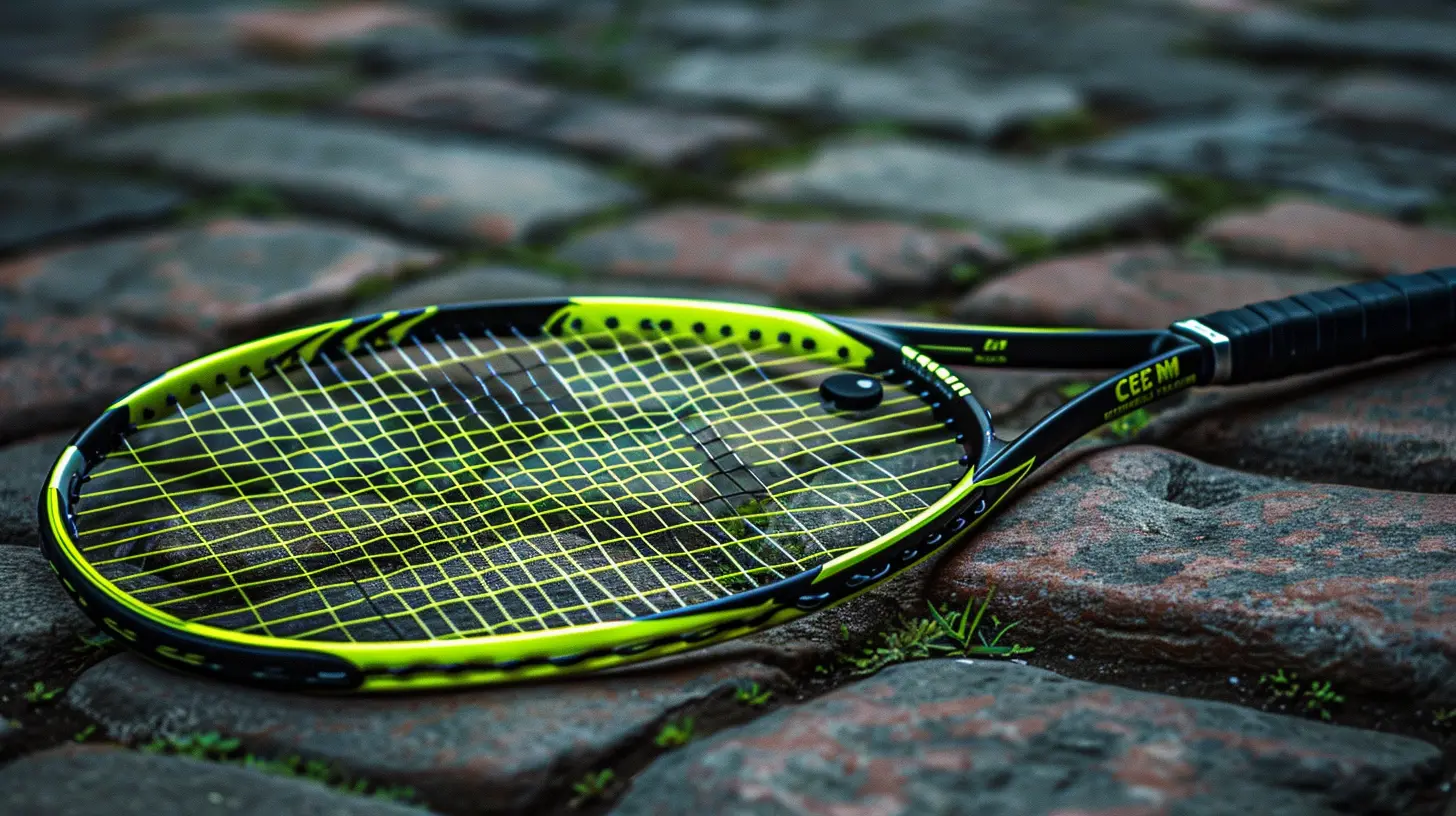
3. Grip Size: Finding the Right Fit
Grip size might seem minor, but it plays a big role in how comfortable and effective your shots are. A grip that’s too big can reduce maneuverability, while a grip that’s too small can affect your control.Smaller Grips
Allow for better wrist action, helping with deceptive shots and quick movements.Best for: Players who use a lot of wrist movement in their shots.
Larger Grips
Provide more stability, reducing unnecessary wrist movement.Best for: Players who prefer powerful strokes with a firm grip.
4. String Tension: Power vs. Control
String tension affects how the shuttle reacts upon impact.- Lower tension (18-22 lbs) – Increases power due to a trampoline effect but reduces shot control.
- Higher tension (23-30 lbs) – Improves control and precision but requires more skill to generate power.
For competitive play, most advanced players prefer higher tension for better accuracy in their shots. However, if you’re still learning, a medium string tension (22-24 lbs) offers a good balance.
5. Weight Matters: Light vs. Heavy Rackets
Badminton rackets typically range from 3U (85-89g) to 4U (80-84g) for competitive play.- Lighter rackets (4U/5U) – Easier to maneuver, great for doubles play where speed is key.
- Heavier rackets (3U or lower) – Provide more stability and power, ideal for singles players.
If you play faster, reaction-based badminton, go for a lighter racket. If you rely on powerful shots and stability, a slightly heavier racket works better.
6. Material and Build Quality
Most modern badminton rackets are made from graphite or carbon fiber, which offers durability and lightweight performance. Some rackets also incorporate nanotechnology or tungsten reinforcements for added strength.- Aluminum/Steel frames – Cheaper but heavier (not ideal for competitive play).
- Carbon fiber/Graphite – Lightweight, durable, and ideal for advanced players.
For competitive play, always go for a racket made from high-quality graphite for the best performance.
Choosing the Right Racket Based on Playing Style
Here’s a quick guide to choosing the right racket based on your preferred playing style:| Playing Style | Best Racket Type |
|--------------|------------------|
| Aggressive (Power) | Head-heavy, stiff shaft, high string tension |
| Defensive (Control) | Head-light, flexible shaft, lower string tension |
| All-Rounder | Even-balance, medium-stiff shaft, medium string tension |
| Doubles Player | Lighter racket, head-light or even-balance |
If you’re not sure where to start, an even-balanced racket with medium stiffness and medium string tension is a safe bet.
Final Thoughts
Picking the right badminton racket for competitive play isn’t just about blindly choosing an expensive one. It’s about finding the right balance that complements your playstyle, skill level, and physical strength.Test different rackets if possible, feel how they perform in your hand, and make sure they match your on-court needs. The right racket can make all the difference between a sluggish performance and a game-winning shot!
Now, grab your perfect racket, hit the court, and dominate your next match!
all images in this post were generated using AI tools
Category:
Sports EquipmentAuthor:

Uziel Franco
Discussion
rate this article
2 comments
Lorna McAuley
Choosing the right badminton racket can significantly impact performance in competitive play. Factors like weight, grip size, and balance point are crucial for maximizing power and control. Players should consider their playing style and preferences to select a racket that enhances their strengths on the court.
June 1, 2025 at 7:24 PM

Uziel Franco
Absolutely! Selecting the right badminton racket tailored to your playing style and preferences is essential for optimizing performance. Factors such as weight, grip size, and balance point play a critical role in enhancing your strengths on the court.
Barbara Holland
Choosing a badminton racket is like dating: find the right match, enjoy the swing, and avoid the heartbreak when it just doesn’t feel right! Let’s hope your next rally doesn’t end in a love game!
June 1, 2025 at 4:24 AM

Uziel Franco
Great analogy! Finding the perfect racket truly enhances the game, just like a good match in dating. Here’s to many successful rallies!
